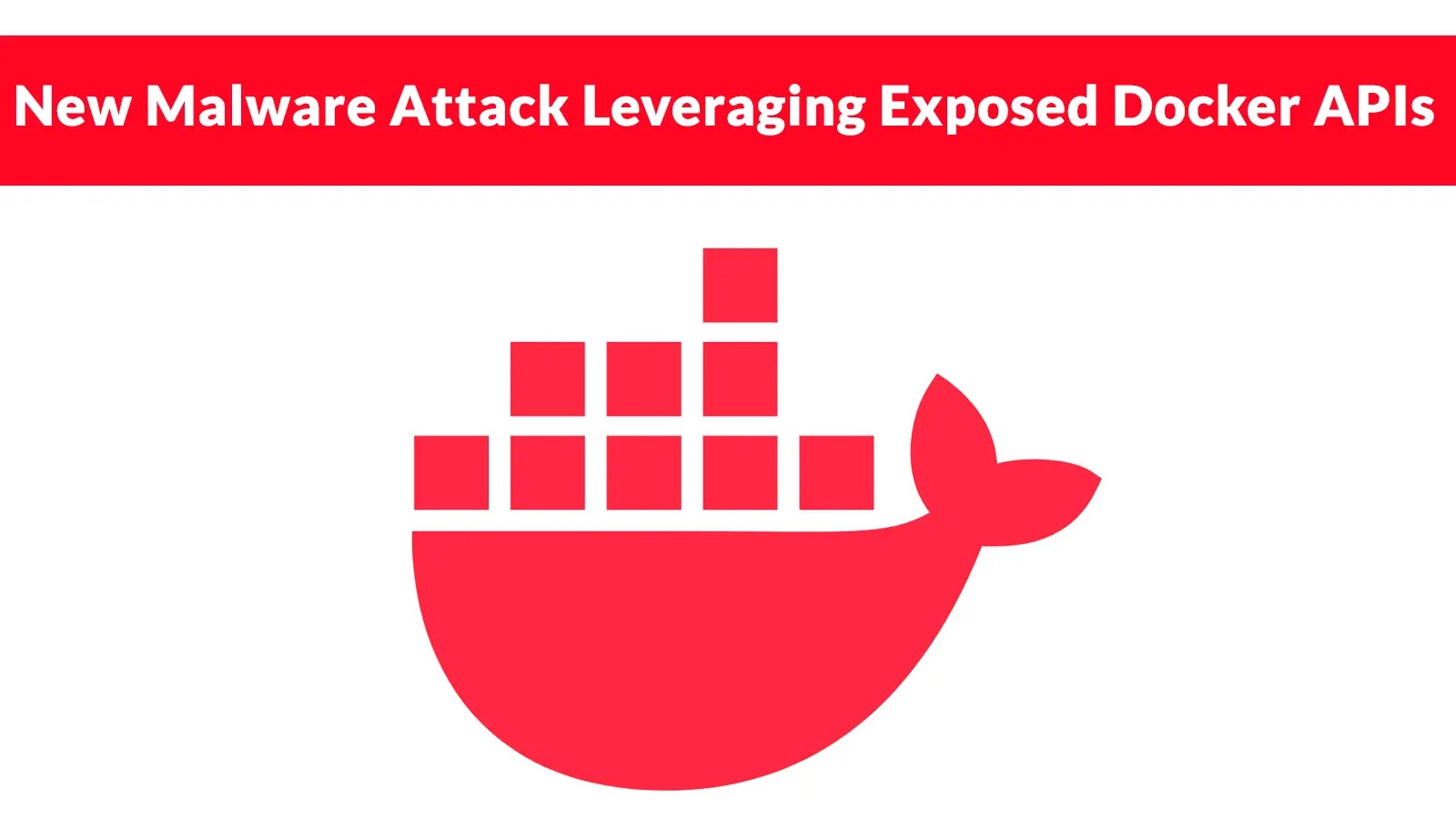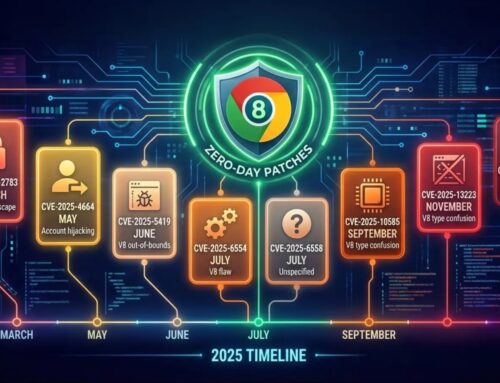
New Malware Attack Leveraging Exposed Docker APIs to Maintain Persistent SSH Root Access
New Malware Attack: Persistent SSH Root Access via Exposed Docker APIs
The digital defense perimeter is constantly under assault, and the latest threat intelligence points to a sophisticated malware strain making waves. This new variant, discovered in August 2025, represents a significant evolution in attack methodologies, moving beyond traditional cryptomining operations to establish tenacious and persistent SSH root access by exploiting exposed Docker APIs. For IT professionals, security analysts, and developers, understanding this threat and its implications is paramount.
The Evolution of Threat: Beyond Cryptomining
For years, exposed Docker APIs have been a known attack vector, often leveraged for cryptojacking campaigns that secretly utilize compromised server resources to mine cryptocurrency. While a persistent nuisance, these attacks typically focused on resource consumption rather than deep system compromise. This new malware, however, signals a more ambitious and dangerous shift. It targets the same vulnerable entry points but with a far more insidious goal: maintaining persistent root access while actively denying other attackers from gaining a foothold.
This “land grab” approach means that once the malware establishes itself, it doesn’t just quietly consume resources; it seeks to become the sole, undisputed ruler of the compromised system, locking out competitors and solidifying its presence for long-term malicious activity.
How the Attack Works: Leveraging Exposed Docker APIs
The core vulnerability lies in misconfigured or exposed Docker APIs. Docker, a powerful platform for developing, shipping, and running applications in containers, features an API that allows for remote management of Docker daemons. When this API is left exposed to the public internet without proper authentication or firewall rules, it becomes an open invitation for attackers.
The malware exploits this exposure to:
- Initial Foothold: Gain initial access to the Docker daemon.
- Container Creation/Modification: Spin up new malicious containers or modify existing ones.
- Privilege Escalation: Within these containers, leverage vulnerabilities or misconfigurations to escalate privileges, ultimately achieving root access on the host system.
- SSH Persistence: Once root access is achieved, the malware establishes persistent SSH access. This often involves injecting malicious SSH keys, modifying SSH daemon configurations, or installing backdoors that allow remote access even if the initial Docker vulnerability is patched.
- Denial of Access: A key differentiator of this new strain is its ability to detect and block other malicious actors. This indicates a sophisticated design aimed at maximizing control and exclusivity over the compromised infrastructure.
Remediation Actions: Securing Your Docker Environment
Proactive defense is the best strategy against threats exploiting exposed Docker APIs and establishing persistent access. Implementing the following measures is critical for IT professionals and developers:
- Audit Docker API Exposure: Immediately identify if your Docker Daemon API is accessible from the internet. It should ideally only be accessible from trusted internal networks.
- Implement Firewall Rules: Configure strict firewall rules to restrict access to the Docker API port (usually 2375 for unencrypted, 2376 for encrypted TLS) to only necessary, trusted IP addresses.
- Enable TLS/SSL for Docker API: Always enable Transport Layer Security (TLS) for the Docker API to encrypt communication and require client certificate authentication. This eliminates unauthorized access even from within a trusted network.
- Regular Security Audits: Conduct frequent security audits of your Docker hosts, container images, and running containers to identify misconfigurations, vulnerabilities, and unauthorized changes.
- Principle of Least Privilege: Run containers with the lowest possible privileges. Avoid running containers as root unless absolutely necessary.
- Keep Docker and Host OS Updated: Regularly update Docker Engine, Docker Compose, and the underlying host operating system to patch known vulnerabilities.
- Monitor SSH Access: Scrutinize SSH login attempts and unusual activity. Implement multi-factor authentication (MFA) for all SSH access.
- Review Running Containers: Regularly inspect running containers for unknown or suspicious images, processes, or network connections.
Tools for Docker Security & Monitoring
Leveraging specialized tools can significantly enhance your ability to detect, prevent, and remediate Docker-related security issues.
| Tool Name | Purpose | Link |
|---|---|---|
| Docker Scout (previously Snyk Container) | Vulnerability scanning for container images & runtime security. | https://www.docker.com/products/docker-scout/ |
| Trivy | Comprehensive vulnerability scanner for images, file systems, Git repos. | https://aquasecurity.github.io/trivy/ |
| Clair | Open-source tool for static analysis of container image vulnerabilities. | https://github.com/quay/clair |
| Docker CIS Benchmark | Official Docker security hardening guidelines and auditing. | https://www.cisecurity.org/benchmark/docker/ |
| Falco | Runtime security for containers; detects unexpected behavior & threats. | https://falco.org/ |
Conclusion: Fortifying Your Containerized Defenses
The emergence of malware targeting exposed Docker APIs for persistent SSH root access underscores a critical shift in adversary tactics. It highlights the need for robust security postures that extend beyond basic port blocking. Organizations must prioritize secure Docker configurations, implement continuous monitoring, and adopt a proactive approach to vulnerability management. Securing your containerized environments is no longer merely a best practice; it is an essential defense against increasingly sophisticated and persistent threats.





